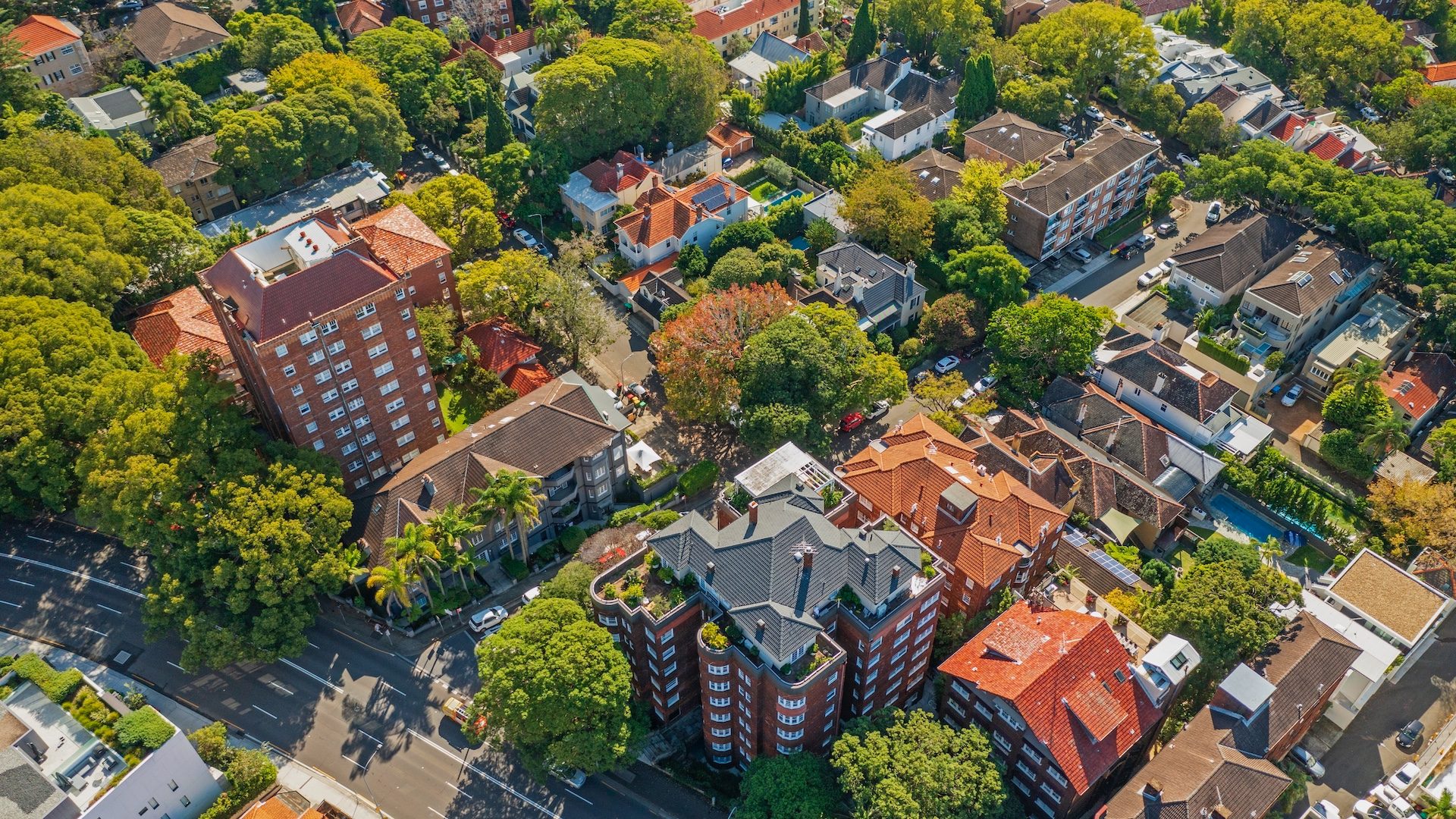Our banking recap of the week

Thanks for joining us on the live blog this week – here’s the highlights of what you might have missed:
The RBA held the cash rate at 4.10%
The biggest news of the week was that the Reserve Bank decided to keep the cash rate on hold at its April meeting, staying at 4.10%.
The decision was widely expected, with the Big Four banks and the majority of market commentators accurately predicting the rate call.
The decision comes as inflation cools from its peak in 2022, but there is still potential for underlying inflationary pressures in areas such as housing, leading to the RBA’s decision.
Read more about the Reserve Bank’s rate decision.
Savings interest rates on hold – at least for now
We’ve seen many interest rates on savings accounts drop since the Reserve Bank’s February decision, with the average savings rate sitting at 3.39% p.a. according to the Mozo database.
The key question for us this week was, should we expect these savings interest rates to drop even further?
Our finance expert, Peter Marshall, said that he would expect most at-call savings rates to stay where they are for now, at least until the next RBA move.
“However, some will adjust their competitiveness in the market depending on how much they need to (or don’t need to) raise funds to enable further lending,” said Marshall.
“For example, Ubank has already cut its headline savings rate twice since the last RBA meeting, although its rate is still reasonably good.”
Housing values see positive gains
Australian home values saw a lift of 0.3% in February, followed by an increase of 0.4% in March according to property data analysts, CoreLogic.
The month-on-month growth comes after the cash rate’s 25 basis point cut, from 4.35% to 4.10% in February, which could have played a part in the uptick.
CoreLogic’s research suggests the cash rate is “likely” to come down further this year, though it will be gradual. If core inflation remains within the RBA’s target band of 2-3% – a second rate cut is “highly probable”.
Household spending lifts
The Australian Bureau of Statistics (ABS) reported a slight increase of 0.2% to household spending in February.
It’s the fifth consecutive month that household spending has climbed, and it’s now 3.3% higher than one year ago.
What’s spurring on household spending?
The head of business statistics at the ABS, Robert Ewing, says recreational and cultural activities, purchases of new vehicles and eating out have all contributed to the rise in discretionary spending.
Thanks for joining us today – have a lovely weekend and we’ll be back with more interest rate coverage next week.







